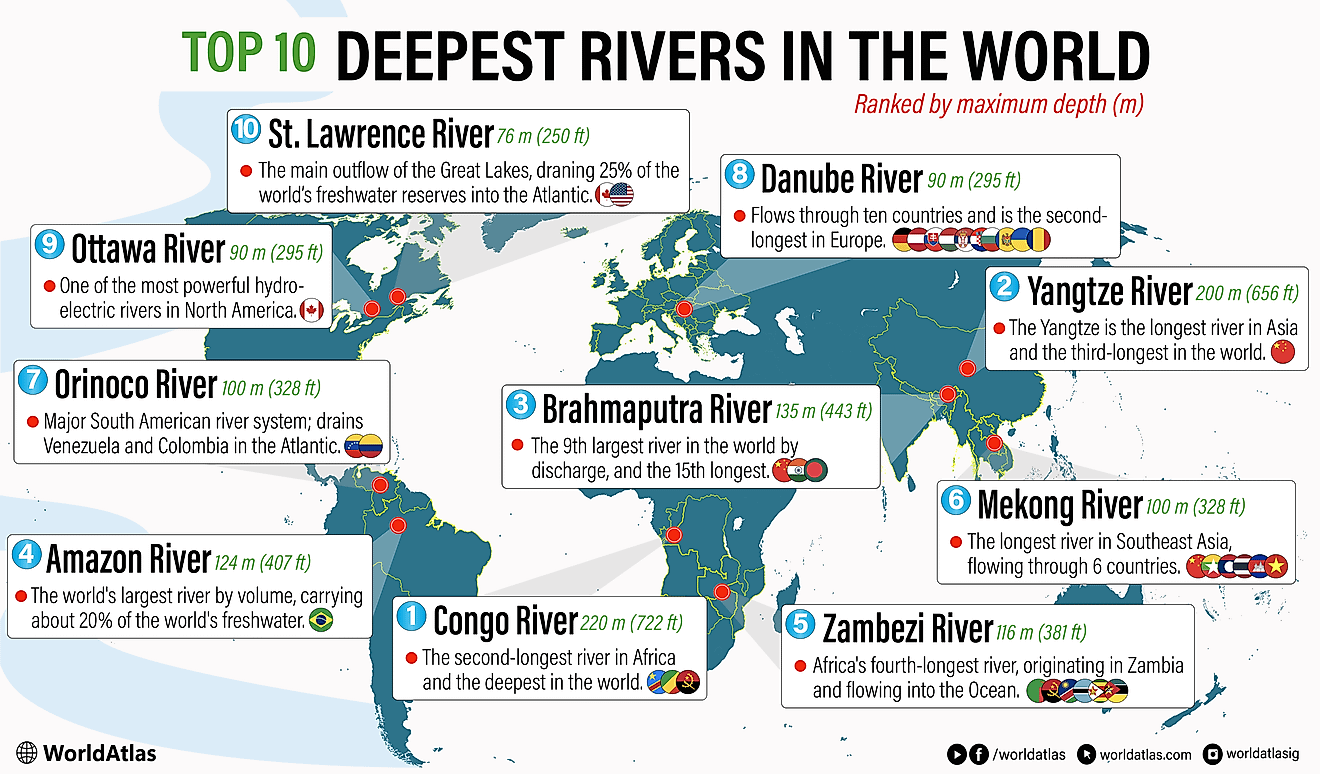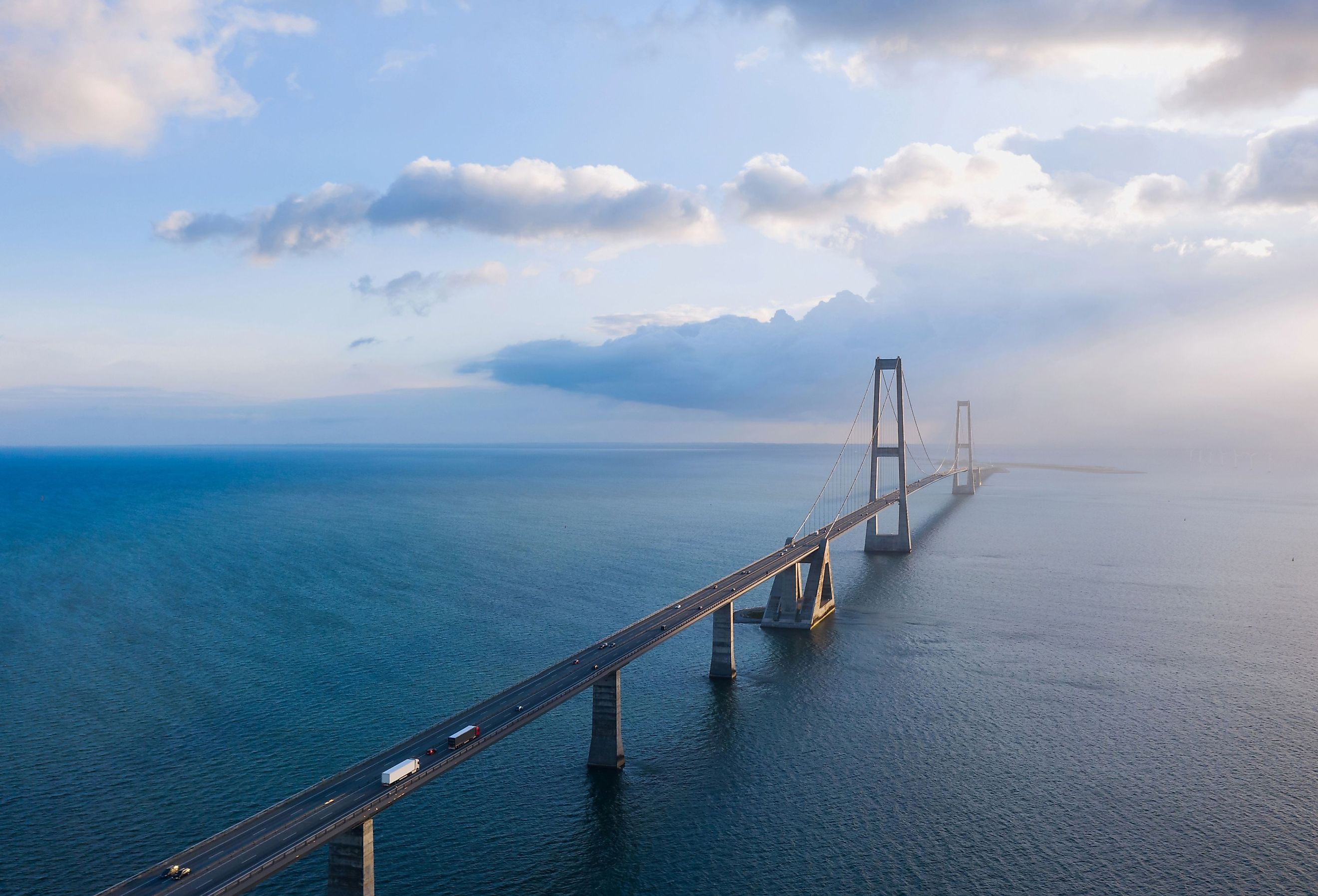
Great Belt
The Great Belt is a bridge and an essential mode for trade between Denmark and the rest of Europe. Langland and Samso. the two biggest islands in the region, created a natural border between the eastern and western portions of the strait. Today, the Great Belt Link connects several of the main islands in the area, but before its construction, boats and ferries were the only means across. This article will explore the Great Belt, its early formation, and its significance in the past and present.
Location of the Great Belt
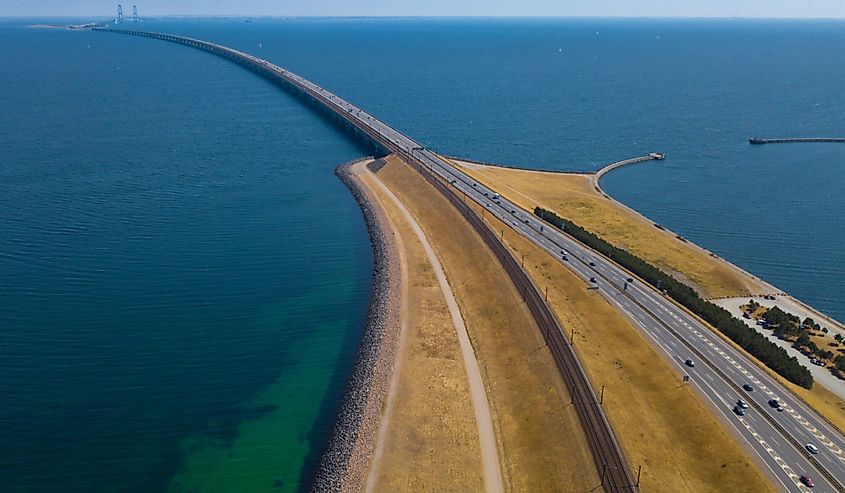
The Great Belt (Storebaelt in Danish) is a section of the Danish Sea that connects the waters to the Baltic Sea and the Atlantic Ocean. The Great Belt is the largest strait in the Danish Sea, with the Oresund and Little Belt being the other significant straits in the waterway. It is located southwest of the Baltic Sea, which is the primary waterway near Norway, Denmark, Finland, and Sweden. The Great Belt has been a direct shipping route for centuries, dating back to the ancient Roman Empire, where the historian Tactacus described it as a sizeable brackish sea to the far north.
History of Formation
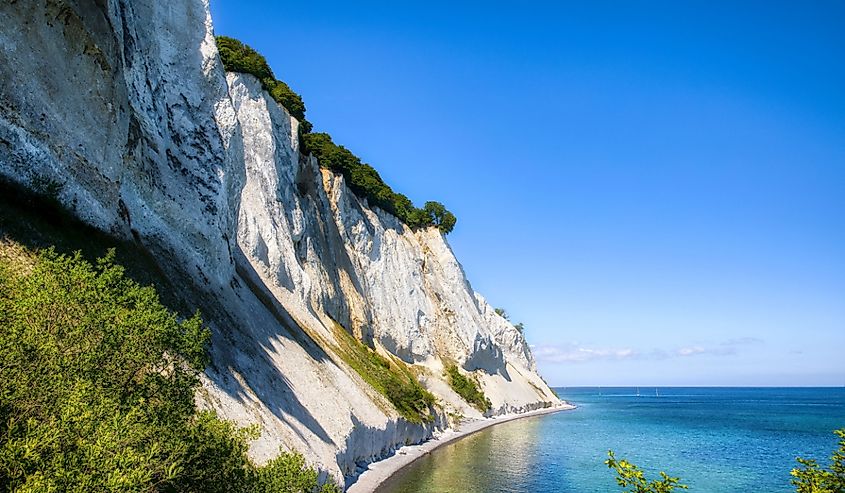
The Great Belt shares most of its history with the Baltic Sea's formation. Towards the end of the Ediacaran era, between 5-600 million years ago, the East European Craton (continental shelf) began to take shape. This shape began to form a depression over the years, which became a stream known as the Eridanus. Over millions of years of tectonic shifts and glacial melting, this river evolved the Baltic Sea and the Great Belt.
However, the Earth further impacted the formation of the Great Belt as the Dana River flooded. The Dana River eroded the region, which would later become the Great Belt apart from the Baltic Sea. This erosion of the Dana River some 9,000 years ago created the current straits within the Danish Sea.
Historical Uses of the Baltic and Great Belt
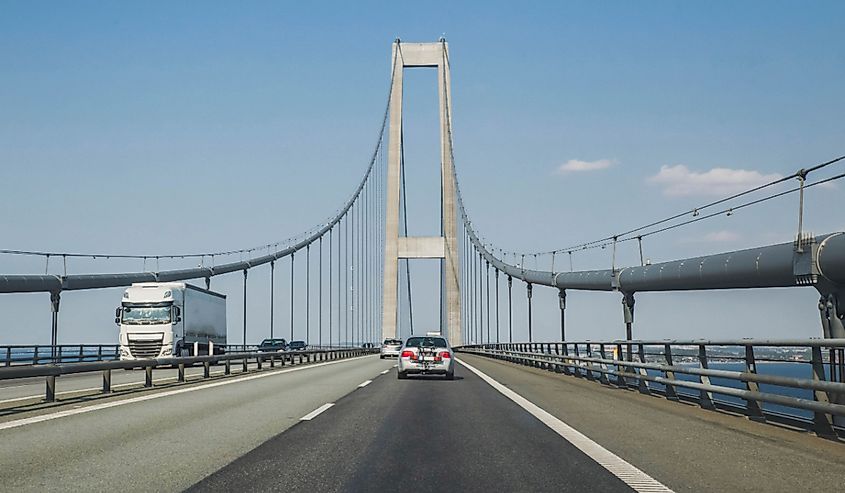
The Great Belt was an essential part of Norse and Danish trade routes in the early centuries C.E. The close connection to the Baltic Sea and the Atlantic Ocean made it one of the only ways the seas were connected.
The Romans never officially established a presence in the region, but they recognized its importance in international trade. In Medieval times, the Great Belt was an essential route used by vikings seeking new land and resources outside of Northern Europe.
Construction of the Belt Fixed Link
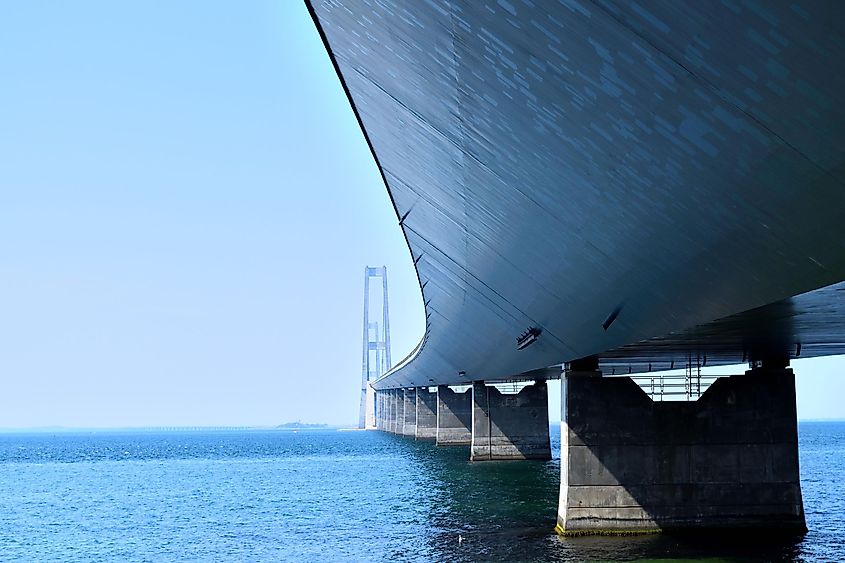
The Danish government debated building the Link for over 50 years before finally settling on an agreed-upon plan. The bridge connects the two main islands (Zealand and Funen) to the mainland. There is also a tunnel connecting Funen to Sprogø, a small minor island in the strait.
The construction was finished in 1998. The Link consists of a suspension bridge and a tunnel, making transportation much more accessible. Prior to this, ferries and ships were the only means of travel between the islands.
Conclusion
The Great Belt is a beautiful spot of the Danish Sea that connects the Baltic Sea to the Atlantic Ocean. As an enduring remnant of prehistoric rivers in the region, the Great Belt and the more minor surrounding straits are critical geological features.











